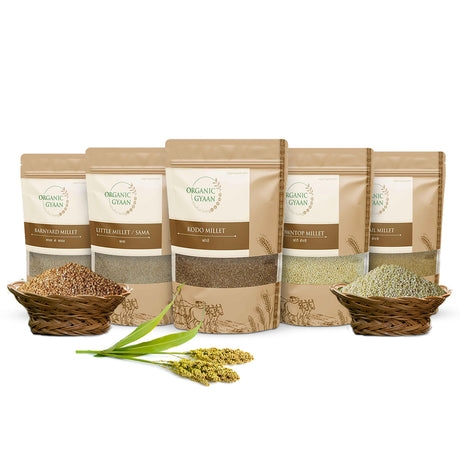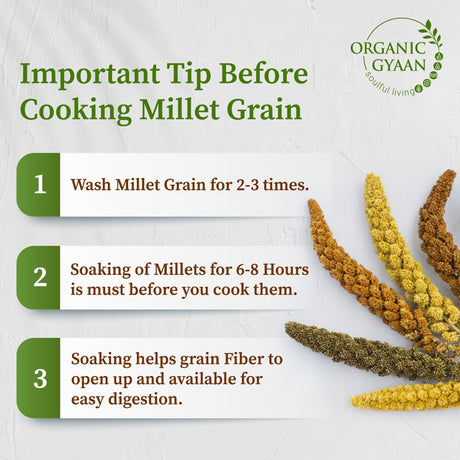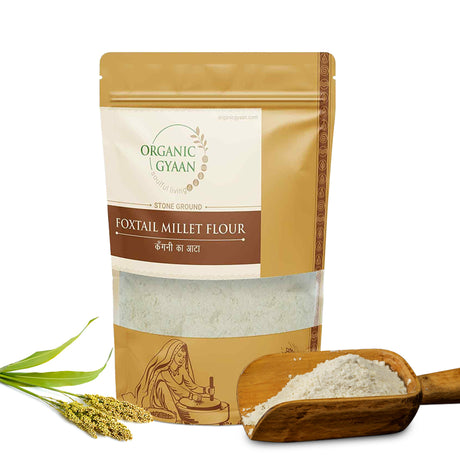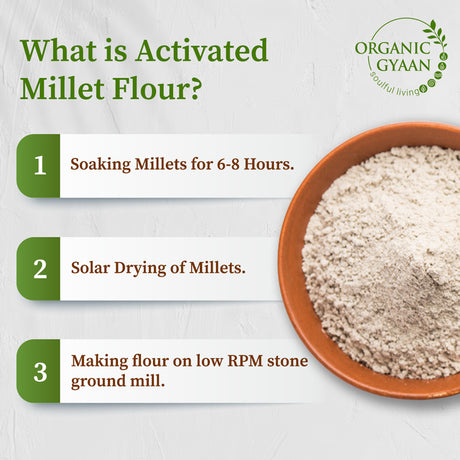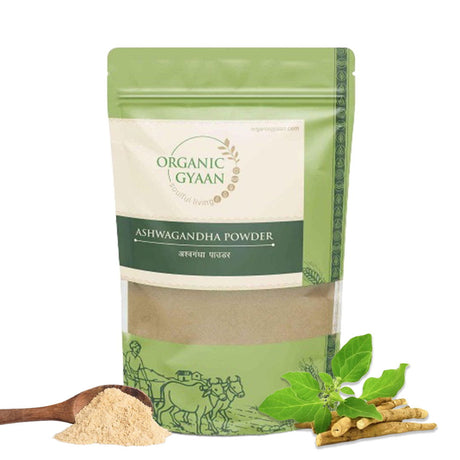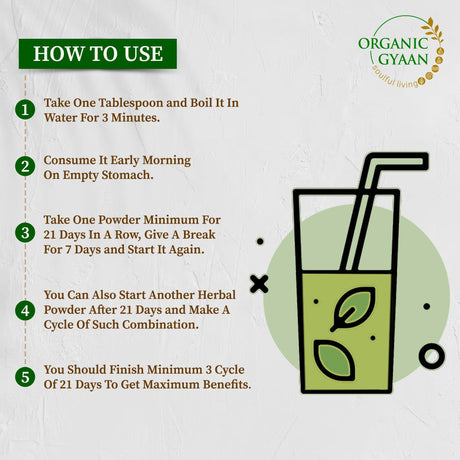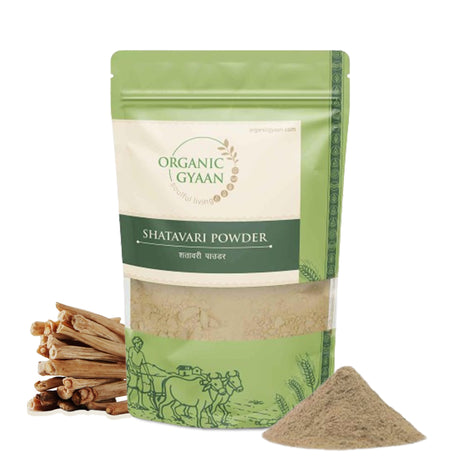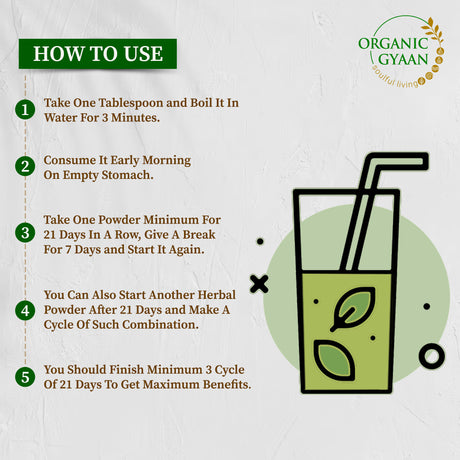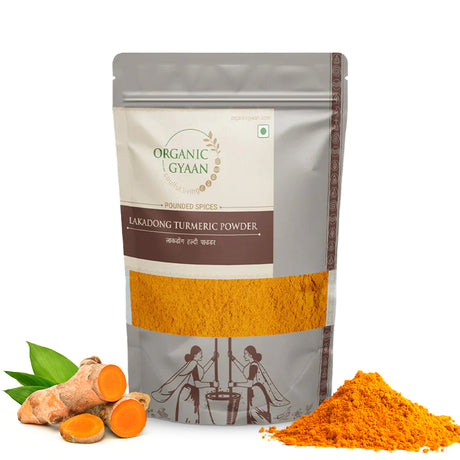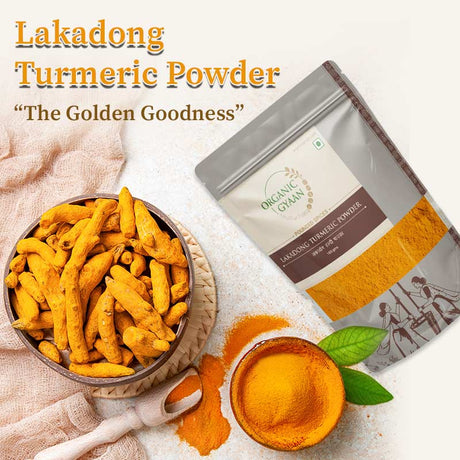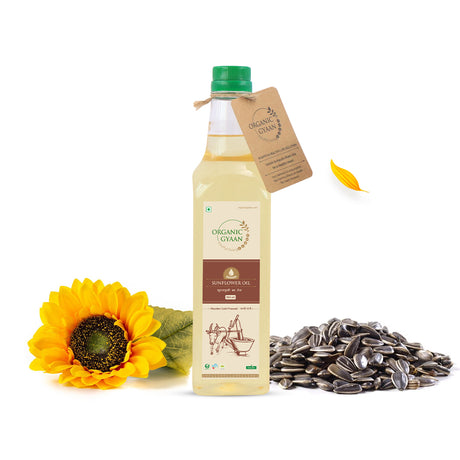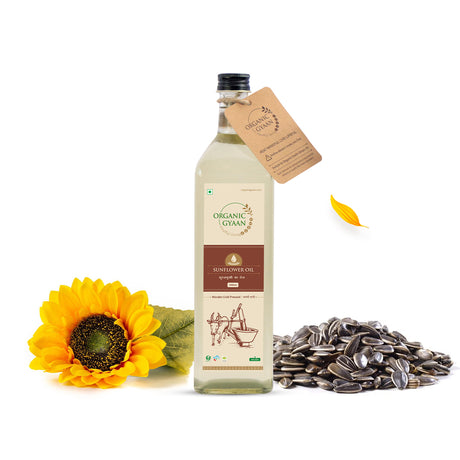When was the last time you checked your blood pressure? If you’re like most people, you probably don’t think about it much - unless a doctor brings it up. But here’s something important to know: even if you feel perfectly fine, keeping your blood pressure in a healthy range is one of the best things you can do for your long-term health.
Blood pressure affects how your heart, brain, kidneys, and blood vessels work. It’s not just a number on a report - it tells you how well your body is doing on the inside. And the good news? You can support healthy blood pressure in simple, natural ways - with the right foods, a few daily habits, and no need for drastic changes.
What Is Blood Pressure, Really?
Blood pressure is the force your blood puts on the walls of your arteries as it moves through your body. It’s measured using two numbers:
- Systolic pressure (top number): when your heart beats
- Diastolic pressure (bottom number): when your heart rests between beats
For most people, a normal reading is about 120/80 mmHg. This can vary a little from person to person - but keeping your numbers in a healthy range means your heart and blood vessels are working well.
Why Keeping Blood Pressure Balanced Is So Important
Your blood pressure affects how well blood flows to your organs. If it's too high or too low, it can put stress on your heart, kidneys, and brain. But even small changes in your daily routine can help keep it balanced.
When your blood pressure is healthy:
- Your heart doesn’t have to work too hard
- Your brain gets enough oxygen
- Your kidneys filter waste properly
- You feel more energetic and focused
What Affects Your Blood Pressure?
Many things can affect your blood pressure - some are in your control, and some aren’t. Here are a few of the most common ones:
- The food you eat (especially salt, processed foods, and fats)
- How active you are during the day
- Your sleep and stress levels
- Your age and family history
- How much water you drink
- Weight and body type
The good news? You don’t need to be perfect. Small, consistent changes in your diet and habits can go a long way.
How to Maintain Healthy Blood Pressure Naturally
Here are simple, plant-based tips to help you keep your blood pressure in a healthy range - no medication, just natural support.
1. Eat More Millets and Whole Grains
Millets like ragi, foxtail, barnyard, and kodo millet are easy to digest, rich in fiber, and full of minerals like magnesium and potassium.
Why they help:
- Fiber keeps your digestion and blood sugar stable
- Millets are naturally low in salt
- They help improve circulation and reduce pressure on your heart
How to include:
- Make ragi porridge for breakfast
- Replace rice with foxtail millet for meals
- Cook millet khichdi with dal and veggies
2. Use Cold-Pressed Oils Instead of Refined Ones
Refined oils lose nutrients during processing and may harm your health. Cold-pressed oils like sesame, groundnut, or coconut oil keep their natural goodness and are better for your heart.
Why they help:
- They contain healthy fats that improve blood flow
- Support heart function and lower pressure naturally
- Easier on the digestive system
How to use:
- Cook with cold-pressed oils in small amounts
- Avoid deep frying or reusing oils
3. Include A2 Gir Cow Ghee (In Small Amounts)
Many people think ghee is bad for the heart, but A2 Gir Cow Ghee, when used in moderation, can support digestion and overall balance.
Why it helps:
- Contains good fats that help your body absorb nutrients
- Supports gut health, which is linked to blood pressure
- Reduces inflammation when taken mindfully
Use it wisely:
- Add a small spoon to dal or on your roti
- Use Ashwagandha or Brahmi ghee at night for relaxation
4. Eat More Fruits and Vegetables
Fruits and veggies are full of potassium, fiber, and natural antioxidants - all of which help balance blood pressure.
Good choices:
- Fruits: Banana, guava, orange, apple, papaya
- Veggies: Spinach, beetroot, carrot, sweet potato, lauki (bottle gourd)
Tip: Aim for 4–5 servings daily. Include a raw salad or steamed veggies with meals.
5. Add Pulses and Lentils to Your Daily Diet
Lentils like moong, toor, masoor, and chana dal are rich in protein and fiber. They’re satisfying, heart-friendly, and easy to cook.
Why they help:
- Keep you full without heavy fats
- Improve digestion and energy
- Help manage blood flow and nutrient absorption
Ideas:
- Make dal with millet roti
- Eat chana salad with lemon and cucumber
- Try sprouted moong as a snack
6. Eat Nuts and Seeds Daily
Almonds, walnuts, flaxseeds, chia, and sunflower seeds contain healthy fats and minerals like magnesium, which support heart function.
Why they help:
- Reduce inflammation
- Improve blood vessel function
- Help regulate pressure naturally
How to enjoy:
- Soak almonds overnight and eat in the morning
- Add chia or flaxseeds to porridge or dough
- Munch on roasted sunflower or pumpkin seeds
7. Drink Enough Water and Herbal Teas
Your body needs water to function properly. Dehydration can cause your blood pressure to go up or down.
Drink:
- 8–10 glasses of water daily
- Coconut water (rich in minerals)
- Herbal teas like tulsi, ginger, or hibiscus
8. Keep Your Body Active
You don’t need a gym. A simple walk or stretch can do wonders.
Ideas:
- 30-minute walk every day
- Yoga or gentle stretching
- Gardening, dancing, or cycling
- Even climbing stairs helps
Moving your body helps blood flow and keeps pressure in check.
9. Sleep Well and Stay Calm
Lack of sleep and too much stress can disturb your blood pressure. A calm mind and rested body help everything function better.
Simple habits:
- Sleep 7–8 hours every night
- Turn off screens an hour before bed
- Breathe deeply for 5 minutes before sleep
- Try Triphala or Brahmi ghee at night to support relaxation
A Simple Daily Routine for Blood Pressure Balance
| Time | What to Do |
|---|---|
| Morning | Soaked almonds + flaxseeds, light walk or yoga |
| Breakfast | Ragi porridge or millet dosa |
| Mid-morning | Banana or guava |
| Lunch | Foxtail millet roti + dal + steamed veggies + salad |
| Evening snack | Herbal tea + handful of roasted seeds |
| Dinner | Khichdi with vegetables + 1 tsp A2 ghee |
| Bedtime | Warm water with Brahmi ghee + deep breathing |
Conclusion:
Your blood pressure is more than just numbers. It reflects how well your body is managing the flow of energy, oxygen, and nutrients. You don’t need to wait for a problem to start taking care of it.
With simple food choices - like millets, ghee, fruits, and seeds - and small daily habits like walking, resting well, and staying hydrated, you can support healthy blood pressure naturally.
Start with one step today - maybe a fruit with breakfast or a short walk after dinner. Over time, these small changes lead to a stronger, healthier you.

